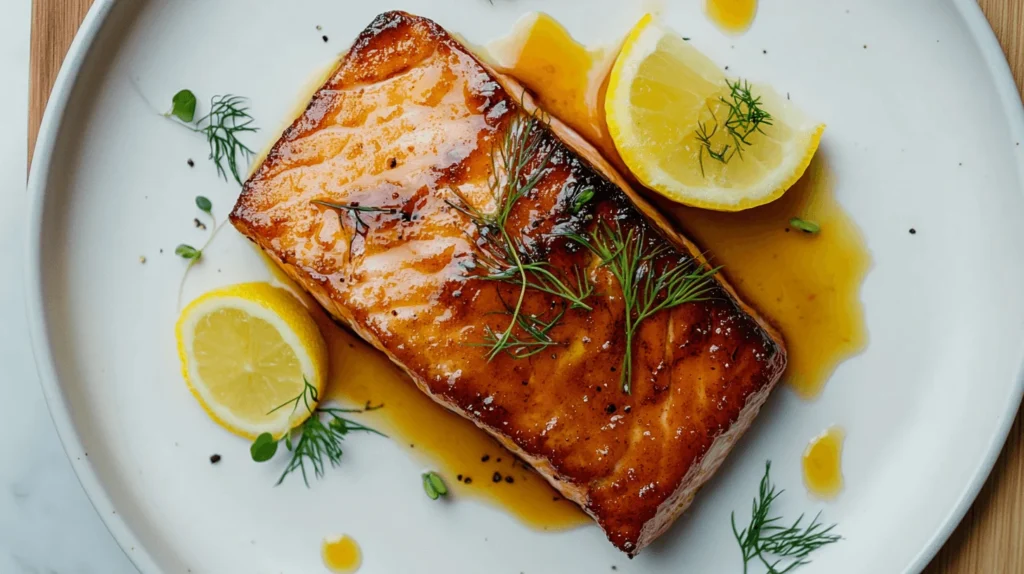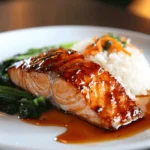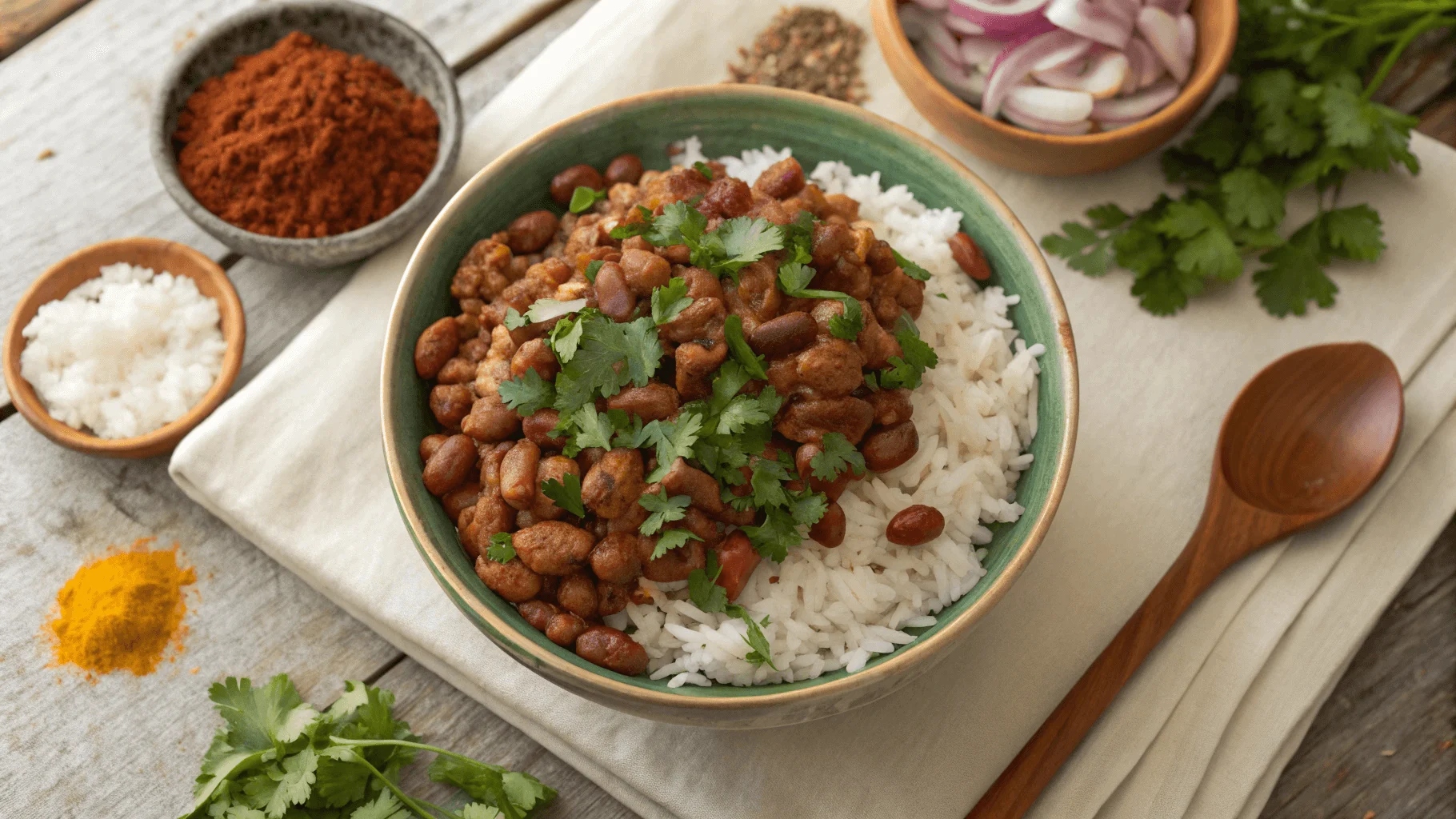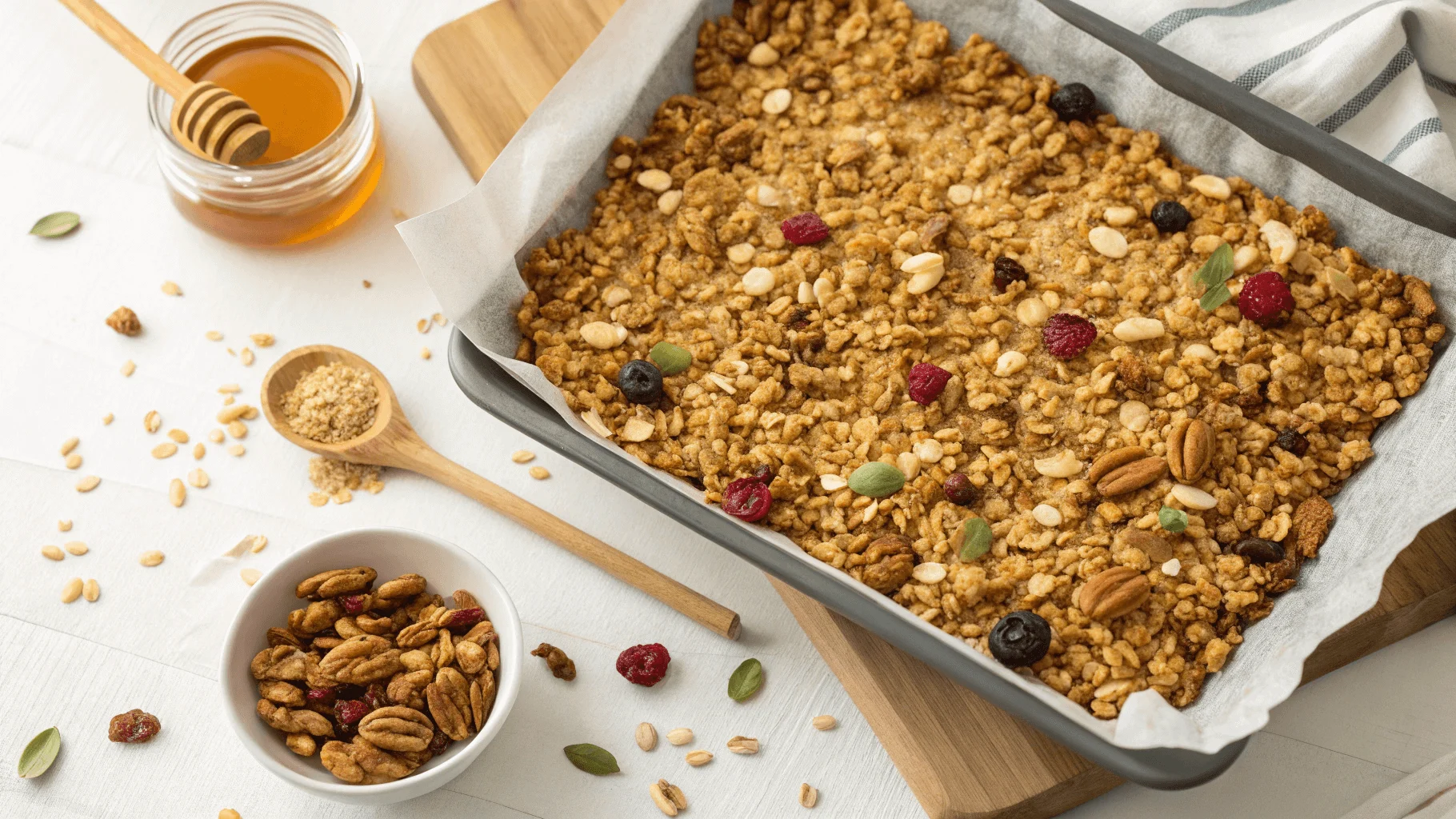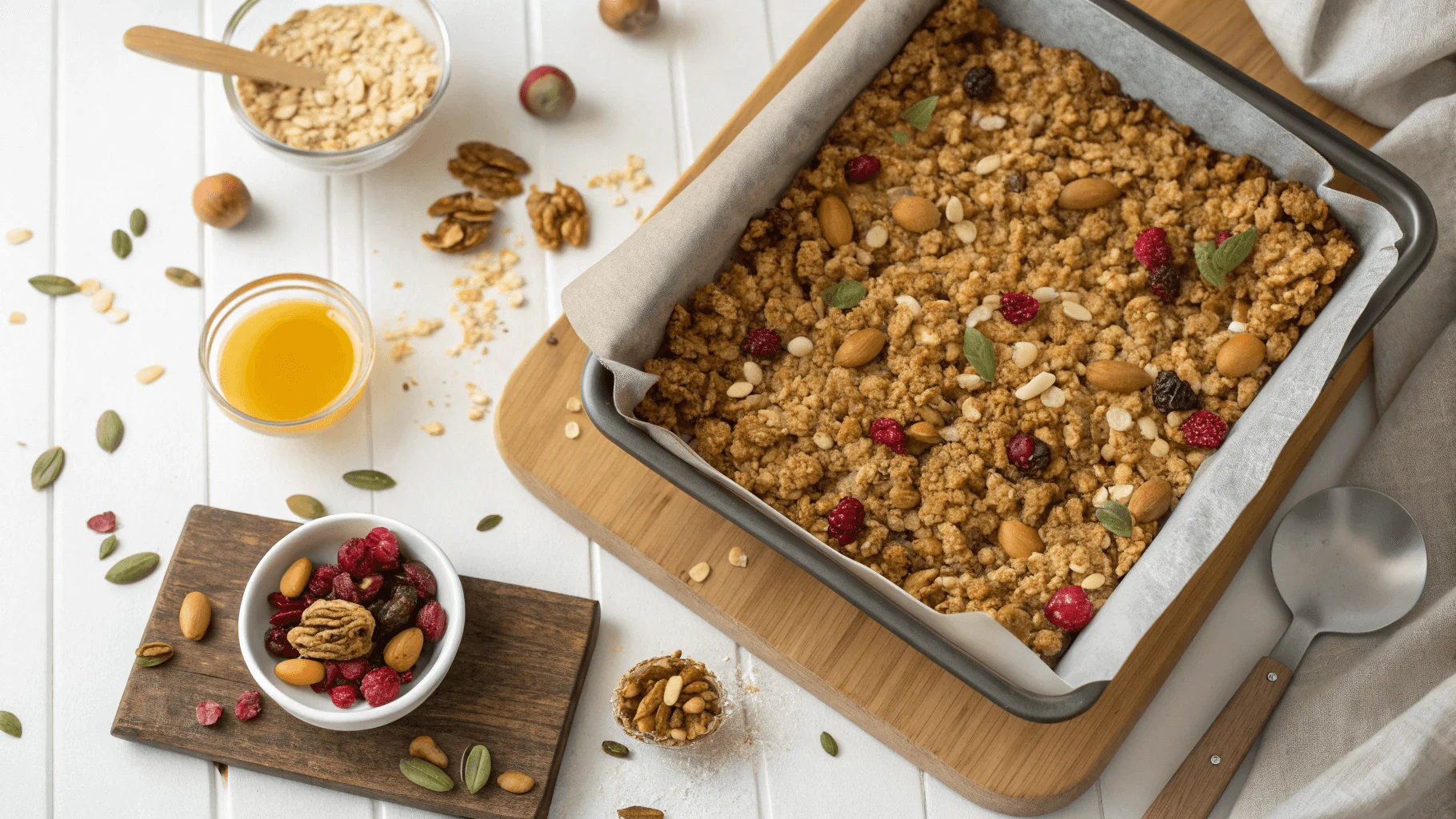Have you ever wondered why salmon belly is often referred to as the “ribeye of the sea”? This luxurious cut, known for its marbled fat and tender texture, has become a favorite among seafood enthusiasts and chefs alike. Whether you’re a seasoned cook or just starting your culinary journey, mastering the art of preparing salmon belly can elevate your dining experience to new heights. But what makes this particular part of the salmon so special? And how can you ensure that every bite bursts with flavor while maintaining its succulence?
Salmon belly, the fattiest and most flavorful portion of the fish, is gaining popularity due to its rich taste and versatility in cooking. It’s not just about the taste; it’s also about understanding the nutritional benefits and the unique preparation techniques that make this cut stand out. From grilling to pan-searing, each method brings out different nuances in flavor and texture, making it an exciting ingredient to experiment with. For those who enjoy exploring diverse recipes, try pairing salmon belly with sides like Pumpkin Empanadas for a delightful contrast in flavors.
In this comprehensive guide, we will explore various aspects of salmon belly recipes, including the best cooking methods, tips for selecting the freshest cuts, and creative ways to incorporate this delicious ingredient into your meals. We’ll delve into the science behind cooking salmon belly, discuss common misconceptions, and provide practical advice to help you achieve perfect results every time. By the end of this article, you’ll have all the knowledge you need to confidently prepare mouthwatering salmon belly dishes at home.
This article is divided into three main sections: Understanding Salmon Belly and Its Unique Qualities, Common Misconceptions and Challenges in Cooking Salmon Belly, and Practical Tips and Techniques for Perfect Preparation. Each section will provide detailed insights and actionable advice, ensuring that you gain a thorough understanding of this delectable seafood option.
Understanding Salmon Belly and Its Unique Qualities
Exploring the Richness of Salmon Belly
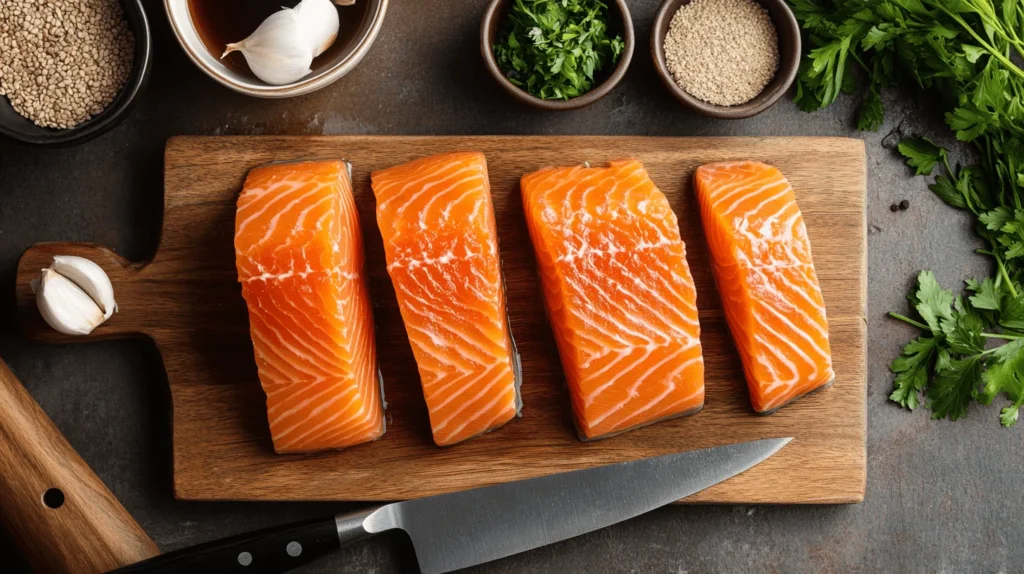
Salmon belly stands apart from other cuts of salmon due to its high fat content, which imparts a luscious, melt-in-your-mouth texture and unparalleled flavor. This prized piece of the fish is located along the underside of the salmon, where the layers of fat are most concentrated. The marbling within the flesh creates a buttery consistency that enhances the natural sweetness of the salmon, making it a favorite among food lovers who appreciate bold yet balanced flavors.
When cooked correctly, salmon belly develops a crispy exterior while retaining its juicy interior, offering a delightful contrast in textures. This characteristic is particularly appealing for those who enjoy the satisfaction of biting into a well-prepared piece of fish that combines crunchiness with tenderness. Moreover, the richness of salmon belly complements a wide range of seasonings and accompaniments, allowing for endless culinary creativity.
The Science Behind Fat Content and Flavor Development
The high fat content in salmon belly plays a crucial role in its flavor profile. As the fat melts during cooking, it releases aromatic compounds that enhance the overall taste of the dish. This process is similar to how marbled beef steaks develop their signature flavors when grilled or seared. The fat not only adds depth to the flavor but also acts as a natural basting agent, keeping the meat moist and preventing it from drying out.
For instance, when pan-searing salmon belly, the rendered fat helps create a golden crust on the surface, locking in the juices and intensifying the flavor. Additionally, the fat serves as a medium for spices and herbs to adhere to, amplifying their impact on the final dish. For a quick and easy meal idea, consider combining salmon belly with the bold flavors of Cheesy Garlic Chicken Wraps for a fusion-inspired dish.
To further illustrate this point, consider experimenting with different marinades or rubs that complement the inherent richness of salmon belly. For example, a simple mixture of soy sauce, ginger, garlic, and honey can transform the basic flavors into something extraordinary. Remember, the key is to balance the richness without overpowering it, allowing the natural essence of the salmon to shine through.
Selecting the Freshest Cuts
Choosing the right salmon belly starts with knowing what to look for. Fresh salmon belly should have a vibrant color, firm texture, and a mild oceanic scent. Avoid pieces that appear dull or have a strong fishy odor, as these could indicate spoilage. When purchasing from a reputable fishmonger, inquire about the source and freshness of the fish to ensure quality.
Additionally, consider the size and thickness of the cuts when planning your recipe. Thicker slices may require longer cooking times to achieve the desired doneness, while thinner pieces cook more quickly. Understanding these nuances will help you tailor your cooking approach accordingly, ensuring optimal results.
By appreciating the unique qualities of salmon belly and applying this knowledge to your cooking, you can unlock its full potential and create dishes that impress even the most discerning palates.
Common Misconceptions and Challenges in Cooking Salmon Belly
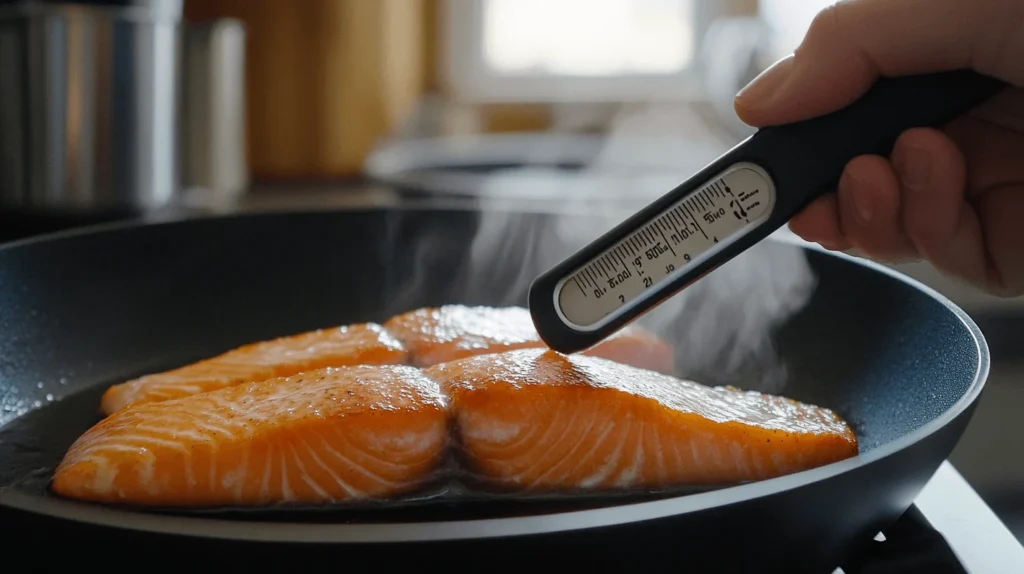
Addressing Misunderstandings About Salmon Belly
Despite its growing popularity, salmon belly remains shrouded in several misconceptions that can deter novice cooks from attempting to prepare it. One prevalent myth is that salmon belly is too fatty and therefore unhealthy. However, contrary to this belief, the omega-3 fatty acids present in salmon belly offer numerous health benefits, including supporting heart health and reducing inflammation. Another misconception is that salmon belly requires complex preparation methods to achieve good results, which isn’t necessarily true. Simple techniques like pan-searing or grilling can yield exceptional outcomes if done correctly.
Understanding these misconceptions is crucial because they can influence how people perceive and utilize salmon belly in their cooking. By dispelling these myths, we empower home cooks to experiment with this flavorful cut without unnecessary apprehension.
Overcooking – A Common Pitfall
One of the most frequent mistakes made when cooking salmon belly is overcooking it, which can lead to a dry and unappealing result. Since salmon belly contains a higher fat content compared to other parts of the fish, it retains moisture better than leaner cuts. However, prolonged exposure to heat can still cause the fat to render excessively, leaving the flesh tough and lacking in juiciness.
To avoid overcooking, it’s essential to monitor the internal temperature closely. Using a meat thermometer can be beneficial here; salmon is considered safe to eat at an internal temperature of 145°F (63°C), though many prefer it slightly undercooked for enhanced flavor and texture. For a fun twist, try serving your perfectly cooked salmon belly alongside dishes like Birria Tacos for a unique dining experience.
Neglecting Seasoning and Accompaniments
Another challenge arises from underestimating the importance of proper seasoning and thoughtful pairing with side dishes. While the intrinsic flavor of salmon belly is robust, enhancing it with complementary ingredients can elevate the dish significantly. For instance, acidic elements like lemon juice or vinegar can cut through the richness, balancing the palate effectively. Similarly, fresh herbs such as dill or parsley add brightness and freshness to the dish.
Moreover, choosing appropriate sides is vital for creating a harmonious meal. Lightly steamed vegetables, salads, or grain-based dishes like quinoa or couscous serve as excellent companions to salmon belly. These pairings not only complement the main course but also contribute to a well-rounded dining experience.
Addressing these challenges involves both education and practice. By learning about the correct cooking techniques and experimenting with diverse flavor profiles, one can overcome initial hesitations and master the art of preparing salmon belly.
While certain obstacles exist in cooking salmon belly, they are far from insurmountable. With the right knowledge and tools, anyone can produce a delicious salmon belly dish that showcases the beauty of this remarkable ingredient. Let’s now explore some practical applications and future possibilities in the next section.
Practical Applications and Future Implications of Salmon Belly Recipes
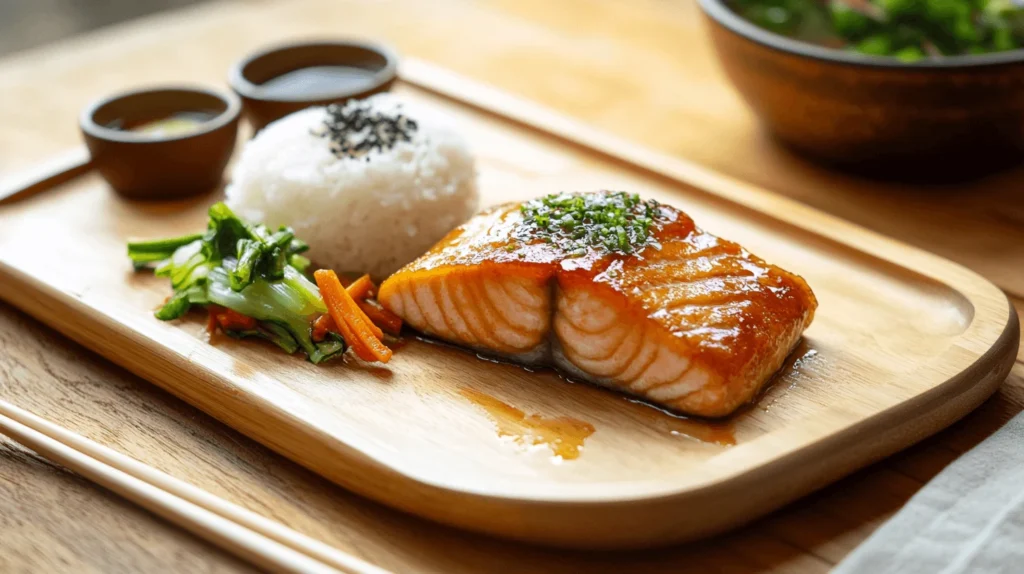
Enhancing Your Culinary Repertoire with Salmon Belly
Salmon belly offers endless opportunities for culinary innovation, whether you’re hosting a dinner party or simply looking to spice up your weekday meals. Its versatility allows it to be integrated into a variety of cuisines, from Asian-inspired stir-fries to Mediterranean-style salads. Below, we’ll explore specific examples of how salmon belly can be utilized in different contexts, along with potential advancements in cooking techniques that might shape its future use.
Application in International Cuisine
Japanese-Inspired Dishes
Salmon belly is a staple in Japanese cuisine, particularly in sushi and sashimi preparations. The rich, fatty texture of the belly makes it ideal for raw consumption, where its delicate flavor shines without needing much embellishment. Beyond sushi, teriyaki-glazed salmon belly served over steamed rice provides a comforting and indulgent meal. To replicate this at home, marinate thin slices of salmon belly in a mixture of soy sauce, mirin, sake, and sugar before grilling until caramelized.
Korean BBQ Flair
Korean barbecue enthusiasts love salmon belly for its ability to absorb marinades deeply, resulting in intensely flavored bites. A popular choice is to marinate the belly in gochujang (Korean chili paste), soy sauce, garlic, and sesame oil, then grill or pan-sear until charred edges form. Serve alongside ssamjang (a fermented soybean paste) and lettuce wraps for an interactive dining experience.
Fusion Creations
Modern chefs are increasingly blending traditional methods with innovative ideas, leading to fusion dishes that highlight salmon belly’s adaptability. Imagine a salmon belly taco topped with avocado crema, pickled onions, and microgreens—a nod to both Mexican and Scandinavian influences. Such creations not only celebrate global flavors but also push the boundaries of what we consider possible with this humble ingredient.
Future Trends and Innovations
As consumer preferences evolve toward healthier eating habits while still craving satisfying meals, salmon belly stands poised to benefit from emerging trends in cooking technology and dietary awareness. Here are two areas likely to impact its role in kitchens worldwide:
Sous Vide Precision
Sous vide cooking continues to gain traction among home cooks and professional chefs alike due to its ability to cook foods evenly at precise temperatures. Applying sous vide techniques to salmon belly ensures consistent doneness without risking overcooking—a common concern with this fatty cut. After vacuum-sealing the salmon belly with aromatics like thyme or rosemary, submerge it in water set to 120°F–130°F (49°C–54°C) for approximately 45 minutes. Finish by crisping the skin under a broiler or in a hot skillet for added texture.
Sustainability and Traceability
With increasing emphasis on sustainable seafood practices, consumers are becoming more selective about where their fish comes from. As a result, restaurants and retailers may begin emphasizing traceable sources for salmon belly, ensuring that it aligns with eco-friendly standards. This shift could encourage greater transparency throughout the supply chain, benefiting both the environment and conscientious eaters.
Experiment and Share Your Creations
Now that you’ve learned about the diverse ways salmon belly can enhance your cooking repertoire, it’s time to put theory into practice! Try incorporating salmon belly into your next meal plan using one of the suggested recipes above or devise your own unique twist. Don’t forget to document your creations and share them with fellow food lovers online—inspiration often spreads through community engagement.
Transitioning smoothly into our conclusion, let us recap the critical insights gained thus far regarding salmon belly recipes and their significance in modern gastronomy.
Conclusion
Recap of Key Insights on Salmon Belly Recipes
Throughout this comprehensive exploration of salmon belly recipes, we’ve uncovered the multifaceted nature of this luxurious cut of fish. From understanding its rich fat content and how it contributes to unparalleled flavor development to addressing common misconceptions and challenges faced during preparation, each section has built upon the last to provide a holistic view of salmon belly’s place in culinary arts.
We began by examining the unique qualities of salmon belly, emphasizing its high fat content and tender texture, which together create a decadent dining experience. Moving forward, we tackled prevalent myths surrounding its health implications and technical difficulties in cooking, equipping readers with the necessary knowledge to confidently prepare this ingredient at home. Finally, we delved into practical applications across various cuisines and speculated on future innovations that could further enhance its appeal.
Final Thoughts and Food for Thought
While salmon belly already enjoys a prominent position in many kitchens around the world, its potential remains vast. As technological advancements continue to refine cooking methods and societal values shift towards sustainability, there’s no doubt that salmon belly will maintain its status as a sought-after delicacy. However, the real magic lies in personal interpretation—how each chef or home cook chooses to express their creativity through this versatile ingredient.
Consider this question as you embark on your next culinary adventure: How can you innovate with salmon belly to reflect your individual style while respecting its natural attributes? Whether it’s through experimentation with new marinades, embracing cutting-edge technologies like sous vide, or advocating for environmentally responsible sourcing practices, the possibilities are limitless.
The Future of Salmon Belly in Culinary Arts
As interest in gourmet cooking grows alongside concerns for ethical consumption, salmon belly is well-positioned to play a pivotal role in shaping the future of fine dining. Its ability to satisfy cravings for rich flavors while meeting dietary requirements makes it an invaluable asset in contemporary kitchens. Keep abreast of developments in seafood preparation techniques and sustainable fishing initiatives to stay ahead of the curve in utilizing salmon belly effectively.
Remember, the journey doesn’t end here. Continue exploring, learning, and sharing your discoveries with others. Together, we can elevate the appreciation for salmon belly and all it offers to the table.
FAQs:
Q: Is salmon belly suitable for those following a low-carb diet?
A: Absolutely! Salmon belly is naturally low in carbohydrates and packed with healthy fats, making it an excellent choice for keto or low-carb diets. Just be mindful of any added sugars in marinades or sauces.
Q: Can I freeze salmon belly for later use?
A: Yes, freezing is a great way to preserve salmon belly. Wrap it tightly in plastic wrap followed by aluminum foil or store in airtight containers to prevent freezer burn. Use within six months for best quality.
Q: What’s the best way to reheat leftover salmon belly?
A: Gently rewarm in a preheated oven at 300°F (150°C) until heated through, or use a skillet over low heat to restore crispiness without drying out the fish.
Delicious Salmon Belly
This mouthwatering salmon belly recipe combines rich, buttery fish with a savory soy-ginger glaze for an unforgettable dining experience. The crispy skin contrasts perfectly with the tender flesh, creating layers of flavor and texture that will impress even the most discerning palate. Perfect for dinner parties or weeknight meals, this dish is both indulgent and easy to prepare. Its versatility makes it suitable for low-carb diets while still delivering on taste.
- Prep Time: 15 minutes
- Cook Time: 8–10 minutes
- Total Time: 23–25 minutes
- Yield: 4 portions
- Category: Dinner
- Cuisine: Asian-Inspired
Ingredients
- 4 pieces of salmon belly (about 6 oz each)
- 2 tbsp soy sauce
- 1 tbsp honey or maple syrup
- 1 tsp grated fresh ginger
- 2 cloves garlic, minced
- 1 tbsp sesame oil
- 1 tbsp rice vinegar
- 1/4 cup chopped green onions (for garnish)
- 1 tsp toasted sesame seeds (optional, for garnish)
- Salt and pepper to taste
- Neutral oil (e.g., avocado or grapeseed oil) for cooking
Optional Accompaniments:
- Steamed jasmine rice
- Sautéed spinach or bok choy
- Pickled vegetables
Instructions
In a small bowl, whisk together soy sauce, honey, ginger, garlic, sesame oil, and rice vinegar until well combined. Set aside.
Pat the salmon belly dry with paper towels, paying extra attention to the skin side. This step ensures crispiness when cooked. Season lightly with salt and pepper on both sides.
Place the salmon belly in a shallow dish, skin-side up. Pour half of the marinade over the fish, ensuring it coats evenly. Let it marinate for 15–30 minutes at room temperature.
Heat a large non-stick skillet over medium-high heat. Add enough neutral oil to coat the bottom of the pan. Once hot, place the salmon belly skin-side down. Press gently with a spatula to ensure even contact with the pan. Cook undisturbed for 4–5 minutes, or until the skin is golden brown and crispy.
Flip the salmon carefully and cook for another 3–4 minutes, depending on desired doneness. For medium-rare, the internal temperature should reach 125°F (52°C); for fully cooked, aim for 145°F (63°C).
During the last minute of cooking, brush the remaining marinade onto the top side of the salmon belly. Allow it to caramelize slightly before removing from the heat.
Transfer the salmon belly to serving plates, skin-side up. Garnish with chopped green onions and toasted sesame seeds. Serve immediately with steamed rice and your choice of sides.
Notes
- Tip: To achieve maximum crispiness, ensure the salmon belly is completely dry before cooking. Patting it thoroughly with paper towels is key.
- Substitution: If you prefer a spicier kick, add a dash of red pepper flakes or sriracha to the marinade.
- Serving Suggestions: Pair this dish with a light salad dressed in citrus vinaigrette or a bowl of miso soup for a complete meal. For dessert, consider serving fresh fruit or mochi for a traditional touch.
Nutrition
- Serving Size: 4 servings
- Calories: 350 kcal
- Fat: 20g
- Carbohydrates: 7g
- Fiber: 0g
- Protein: 30g

